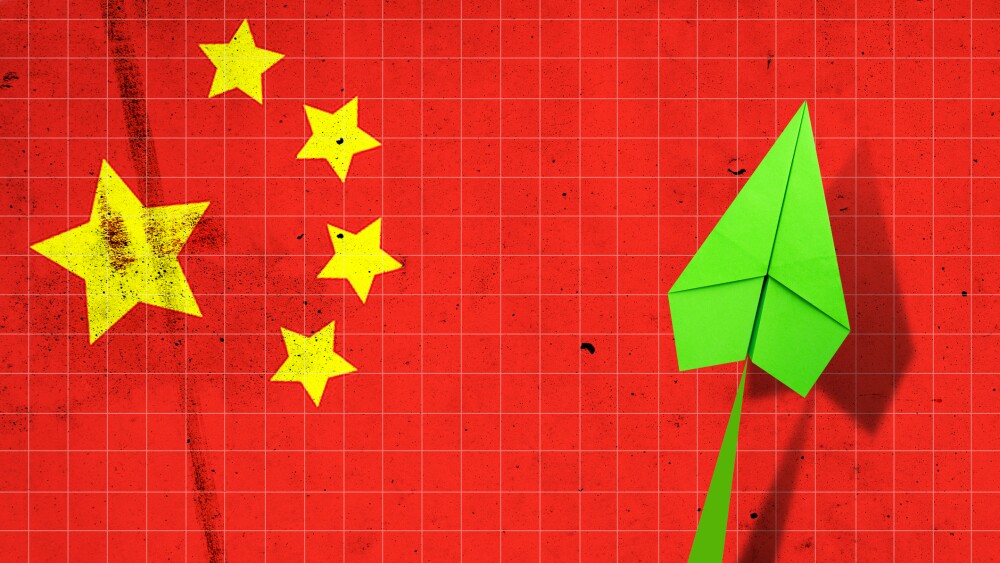The intellectual property landscape for newer gene-editing technologies, like that for CRISPR-Cas9, remains unclear and hard to navigate.
Years of litigation around ownership of CRISPR-Cas9 have muddled the patent landscape for the Nobel Prize–winning technology. Meanwhile, hopes that newer gene editors would avoid this uncertainty have been dashed, as even here, the intellectual property around them remains “clear as mud,” Matthew Ferry, a partner at Morrison Foerster’s San Diego office, told BioSpace.
Nevertheless, these uncertainties have not deterred companies from developing gene editors, and specifically from pursuing Cas9 alternatives in the hopes of avoiding the IP conflicts that currently center on the original CRISPR system.
“Whether that’s true or not isn’t so clear; it depends on how you read the claims of this,” Ferry said. “And the problem is we just don’t have a lot of data from courts interpreting what the claims really mean here.”
Appetite For Risk
The case all CRISPR companies have their eyes on is one that has been waging for over a decade between the Broad Institute, the current holders of key CRISPR-Cas9 patents in the U.S., and what is known collectively as the CVC group. The case is currently pending appeal, with a ruling expected from a federal court in the second half of this year. A clear victory will chart a path to Cas9 licensing for companies seeking to develop therapies using the technology. On the other hand, for investors not much may change, with any licensing fees they have to pay viewed as the cost of doing business offset by lucrative returns.
As a result of the legal uncertainty, Ferry said some companies are waiting to see the outcome of the interference case between Broad and CVC while others are moving forward anyway.
“You have others who are taking a much more risk hard approach, of just saying, ‘There hasn’t been a lot of litigation so I don’t think I’m going to get sued. I’m just going to do what I need to do,’” Ferry said.
Michalski Hüttermann & Partner patent attorney Ulrich Storz agreed that the patent landscape remains unclear for newer CRISPR technologies. However, he said that matters surrounding Cas9 became particularly complicated because around five different entities are claiming they made roughly the same invention in the same year.
“Cas12a or Cpf1 is a little less messy because you don’t have like five entities,” Storz told BioSpace. “It’s pretty clear that the main player in Cas12a is the Broad Institute with Feng Zhang.”
However, Storz said that the Broad Institute’s patents do not provide a sufficient definition of what they consider to qualify as the Cas12a endonuclease. With several companies claiming that their nucleases don’t fall under the patents’ scope, Storz said the lack of clarity in Broad’s IP makes it hard for patent practitioners to verify such claims.
“I am a little bit concerned and surprised that the patent authorities let Broad run away with patents in which the enzyme that was actually the subject matter of the claims was so poorly defined,” Storz said. He contrasted his view with what he described as “a really strong position” by the U.S. Patent and Trademark Office to demand that antibodies in patent claims are defined by their precise sequences and not solely by their function.
The Broad Institute did not respond to BioSpace’s requests for comment by deadline.
On the other hand, Ferry believes companies are distinguishing themselves more in their patent filings. “You have to show that your invention is novel and non-obvious over the prior art,” Ferry said. “So to do that, you become much more fragmented and find much more niche areas that either have unexpected results or have a completely new way of doing something.”
One of the lessons learned so far, Ferry noted, was that it’s easier to secure IP on the physical technology than the application of the natural biology. “There have been some claims out there that were more abstract that were shown to be not patentable. So they have taken a lesson from that and tied it to the physical embodiments.” Ferry explained that because products of nature are generally not patentable in the U.S., there’s been a stronger focus on distinguishing what is a human-made invention and what is a discovery of a natural phenomenon.
The complicated licensing situation is still top of mind for many companies working in this space, Ferry said, noting that right now, the companies he’s in contact with still want to know what their competitors are doing in terms of obtaining licenses.
“It is a patent thicket that’s out there, but they have a business to run at the end of the day,” Ferry said. “And you can’t be so risk intolerant that you no longer have a business to worry about.”
Is the Non-Cas9 Landscape More Straightforward?
Mammoth Biosciences, a biotech company co-founded by Jennifer Doudna who won the Nobel Prize in Chemistry for developing the CRISPR-Cas9 system, is one of the companies banking on it being easier to secure IP for non-Cas9-based gene editors.
“We see the non-Cas9 landscape of truly differentiated systems, like those we’re building at Mammoth, as much more straightforward than Cas9 and Cas9-adjacent large systems, no matter the name,” a spokesperson for Mammoth Biosciences told BioSpace.
Mammoth is specifically using ultracompact systems distinct from Cas9 and has an extensive portfolio of wholly owned and licensed IP that is foundational to the non-Cas9 space, including Cas12f (CasZ), Cas12j (CasPhi), and NanoCas. MB-111, Mammoth’s lead therapeutic in development, is targeting familial chylomicronemia syndrome, a rare life-threatening disease that prevents the body from digesting fats and severe hypertriglyceridemia, which can lead to fatal pancreatitis. The research is in the lead optimization stage.
But, Ferry explained, just because an enzyme is not based on Cas9 doesn’t necessarily mean it’s free from the Broad or CVC portfolios. “That assumes a clear delineation between the IP portfolio and the enzyme, which isn’t always true,” he said. “There’s overlap between patents and a technology, but a patent can be broader than the specific technology that was the basis for it.”
In sum, he added, “it’s not clear. But you have a lot of people who think it is.”






